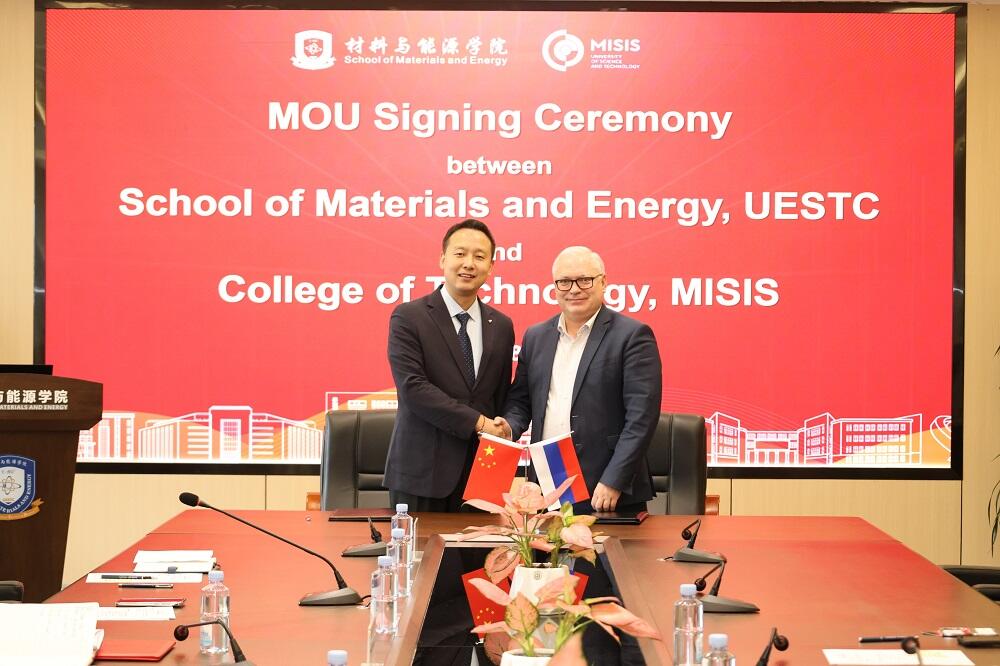Scientists from NUST MISIS developed a method that would significantly increase the susceptibility of cancer cells to antitumor drugs containing doxorubicin. The nanoparticles carrying the drug were enriched with folic acid, which is absorbed by cancer cells about 1,000 times more actively than by normal ones. The results are published in Nanomaterials.
Antitumor drugs, which contain doxorubicin, are among the most widely used in the world. They are used for the treatment of leukemia, muscle cancer, sarcoma and a number of other malignancies. By itself, doxorubicin does not have a directed action, that is, in its “pure form” when it enters the bloodstream, it actively binds to various compounds, and is equally well absorbed by both cancer and normal cells. This primarily means that large dosages are required to achieve the effect. In addition, the absence of direct cancer-targeted action is harmful to healthy cells.
In 2017, a team of scientists from NUST MISIS together with colleagues from N.N. Blokhin National Medical Research Center of Oncology conducted a series of experiments on the binding of doxorubicin with biocompatible boron nitride nanoparticles, which perfectly bind with the drug due to a similar molecular structure. In vitro experiments were positive: it was shown that the nanoparticles effectively deliver doxorubicin to cells and release the drug only after entering the cell, which would block the breakdown of doxorubicin in the bloodstream until the drug reaches the cells. Thus, the therapeutic dosage of the drug would decrease. But this would not solve all the problems: it was still necessary to “force” cancer cells to absorb the drug so actively, that healthy cells would not have time to absorb it at all.
Continuing the research, scientists from NUST MISIS found a way to “pack” doxorubicin so that its action became directed. The resulting method is based on the structural features of cancer cells: they divide extremely actively, and to obtain more nutrition a huge number of folic acid receptors are located on their surface. Folic acid is better known to us as Vitamin B9, which is necessary for the growth and development of the circulatory and immune systems.
“Compared to healthy cells, there are about a thousand times more folic acid receptors on the surface of cancer cells, — Elizaveta Permyakova, one of the authors of the study, researcher at NUST MISIS laboratory for Inorganic Nanomaterials, comments. — In our new study, we combined the properties of boron nitride and folic acid. First, we covalently attached folic acid to the nanoparticles, and then doped this delivery system with doxorubicin”.
The quality of loading the nanoparticles with the drug was evaluated by spectrophotometry: the active substance doxorubicin itself is a water-soluble compound of bright red color, thus the aqueous solution of doxorubicin also has a saturated red color. After adding boron nitride nanoparticles associated with folic acid to this solution, all doxorubicin binds to the particles, and the solution becomes transparent again. The use of this delivery system will reduce nonspecific interactions of doxorubicin, as well as presumably increase the punctuality of drug delivery to cancer cells.
At the moment, to confirm the therapeutic activity, a series of in vitro experiments has been started at N.N. Blokhin National Medical Research Center of Oncology using different cultures of human cancer cells.



